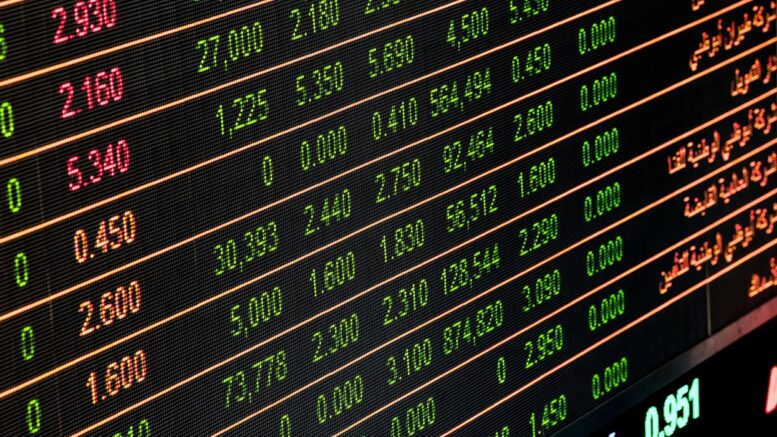The Trump presidency is a geopolitical shock to investment strategies
The place of renewables in a changing macro environment has been set ablaze by the protectionist stance taken by the Trump administration.
Renewables have been a key component of public and private investment programmes across the continent, lauded both for their innovation, the prospects for scaling up with new technologies such as battery storage systems and their environmental benefits.
As the continent works out a viable energy and domestic security policy to defend its interests, renewables offer several benefits to EU and non-EU member states.
Firstly, renewables bolster energy security. By prioritising domestic demand and offering security of supply from malevolent actors and hostile states, renewables provide security benefits to European nations concerned about the use of oil and gas as a form of leverage in trade negotiations.
Secondly, renewables reduce long-term energy costs and price volatility. Unlike fossil fuels, which are subject to geopolitical shocks, supply chain disruptions, and market speculation, renewable energy sources such as wind and solar provide stable, predictable pricing. Investment in renewable infrastructure, alongside energy storage and smart grid technology, enhances economic resilience by insulating nations from oil price fluctuations and supply shocks.
Thirdly, renewables foster industrial and technological leadership. The EU has positioned itself as a leader in green technology, benefiting from robust research and development funding, innovation incentives, and international collaboration. By continuing to invest in renewables, European firms gain a competitive edge in emerging global energy markets, strengthening economic autonomy while supporting employment and manufacturing in high-tech industries.
However, the Trump administration’s withdrawal from global climate commitments, protectionist policies, and the rollback of environmental regulations in favour of fossil fuel industries have altered the investment landscape. The administration’s focus on energy independence through domestic oil and gas production, coupled with scepticism towards international climate agreements, has created uncertainty for investors betting on a rapid transition to clean energy.
In response, European policymakers have sought to counteract these headwinds through legislative frameworks such as the European Green Deal, which aims to mobilise €1 trillion in sustainable investments over the next decade. Despite geopolitical volatility, European markets continue to attract private capital into renewable infrastructure, bolstered by carbon pricing mechanisms and subsidies that de-risk investments.
Ultimately, while the Trump presidency has complicated the geopolitical calculus for energy investors, it has also reinforced Europe’s commitment to renewables as a pathway to economic resilience, strategic autonomy, and technological leadership. The question remains whether global investment strategies will shift further in favour of renewables as the United States recalibrates its energy priorities in the post-Trump era.

Be the first to comment on "Understanding a changing world – how renewables fit into the mix"